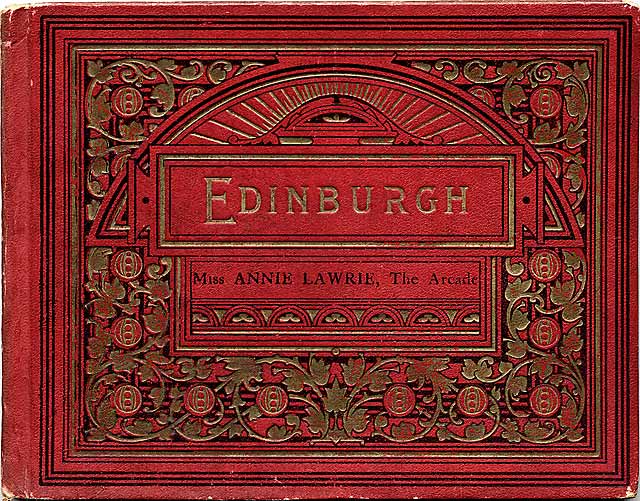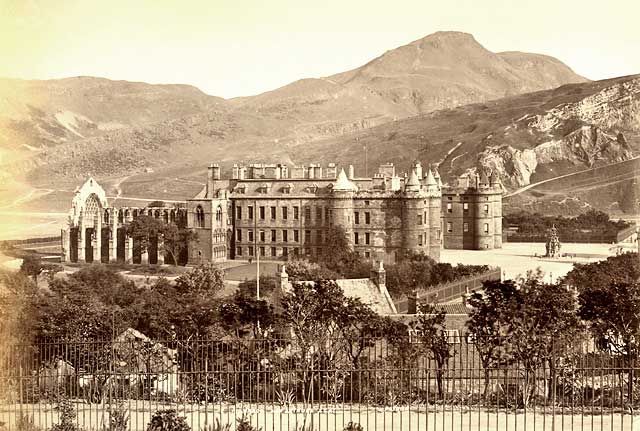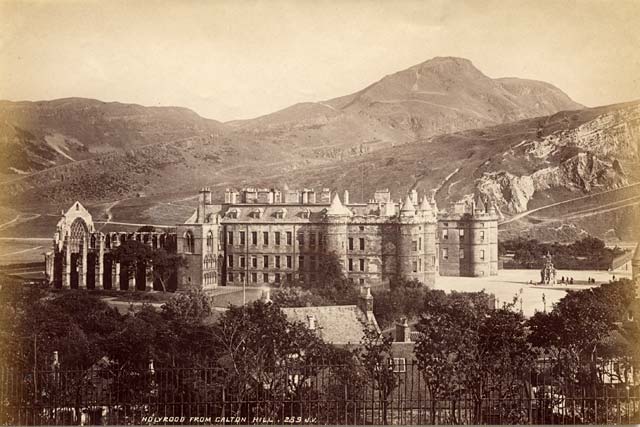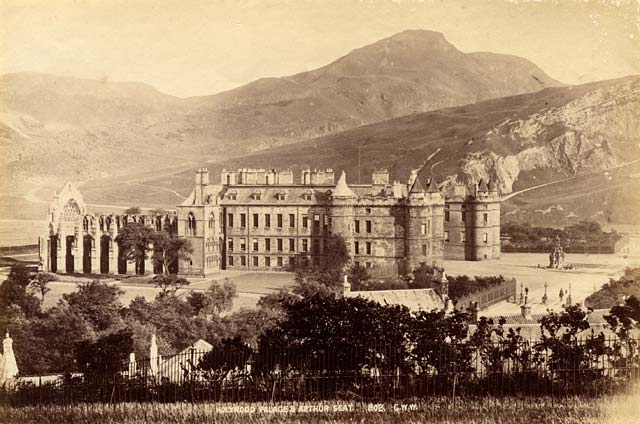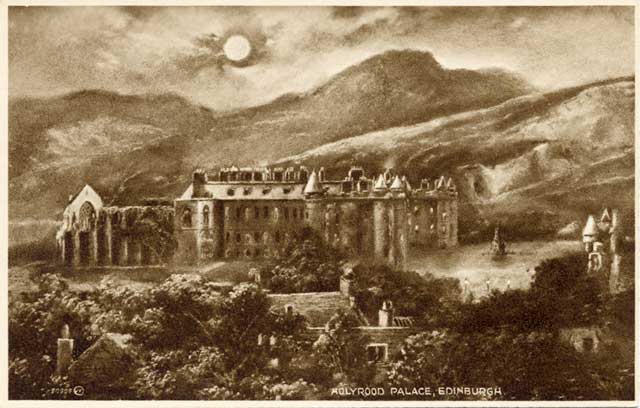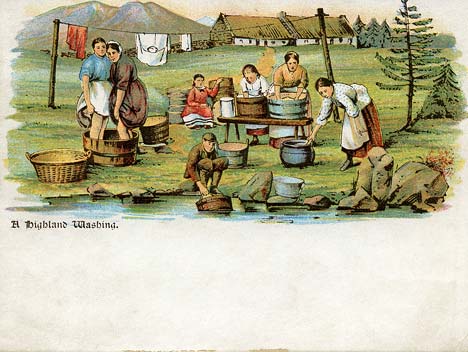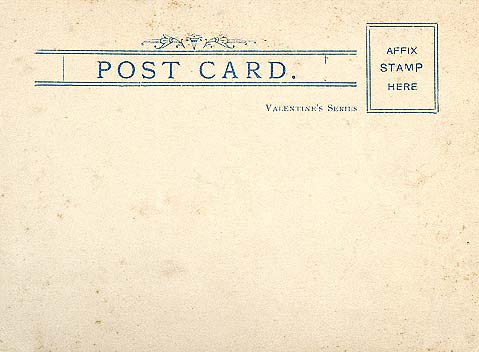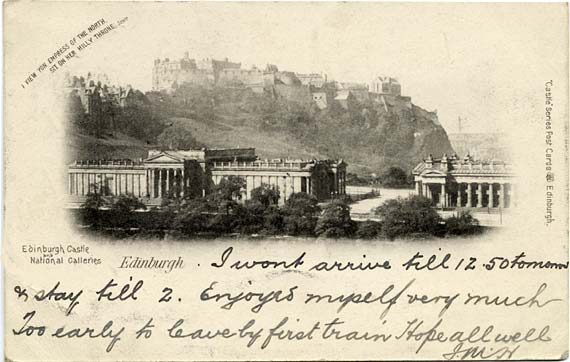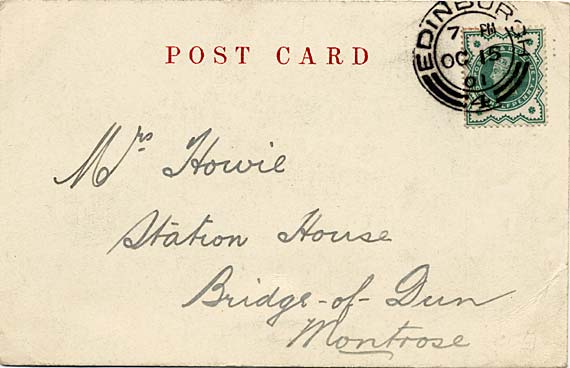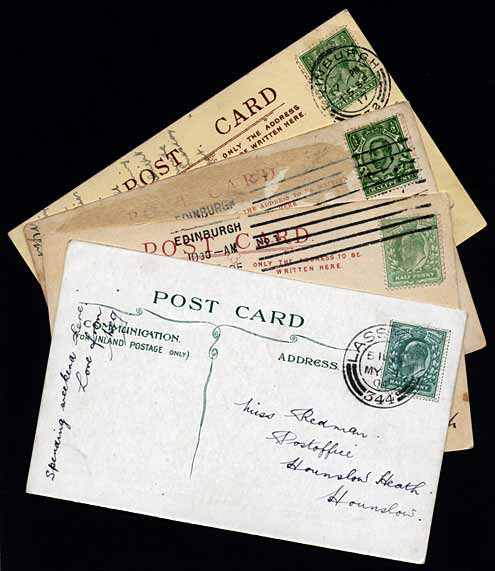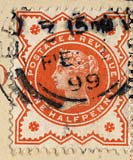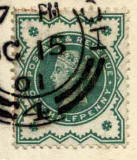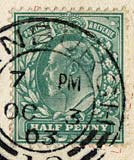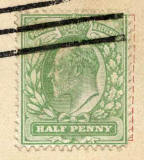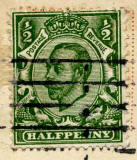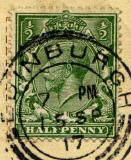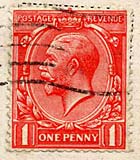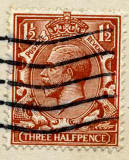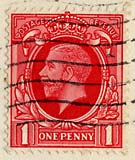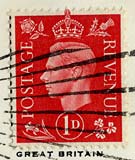|
Edinburgh University, School of Literature, Language and Cultures, Celtic and Scottish Studies 2nd Year Lecture - March 3 2014 Ethnographic Photography and Postcards in Scotland - - - - - - - - This talk was subsequently given to Colinton Literary Society on February 4, 2015 under the title |
|||
|
For further details on any of the topics below, please see these pages: Ethnographic Photography Ethnographic Postcards |
|||
|
1 PHOTOGRAPHY Early History |
2 PHOTOGRAPHY Cameras and Photos |
3 PHOTOGRAPHY Photographic Societies |
4 PHOTOGRAPHY
Professional |
|
5 POSTCARDS Early History |
6 POSTCARDS Postcard Use |
7 POSTCARDS Publishers |
8 POSTCARDS Views of Scotland |
|
Ethnographic Photography and Postcards in Scotland Page 5 POSTCARDS Early History |
|
1. Photos then Postcards Valentine's Books
- Photographic view album of Alva and district - Photographic view album of Falkland and district - Views of the Trossachs and Loch Lomond - Edinburgh: Collotype View Book Front Cover © Copyright: For permission to reproduce, please contact peter.stubbs@edinphoto.org.uk
1. Photographer: James Patrick © Reproduced with acknowledgement to Nick Tilley, Oakley, Hampshire, England. 2. Photographer: James Valentine © Copyright: For permission to reproduce, please contact peter.stubbs@edinphoto.org.uk 3. Photographer: George Washington Wilson © Copyright: For permission to reproduce, please contact peter.stubbs@edinphoto.org.uk
4. Postcard: Valentine & Sons © Copyright: For permission to reproduce, please contact peter.stubbs@edinphoto.org.uk __________________________________ Types and Dates of Postcards 1894 Britain's first Picture Postcards
Standard size of Postcard 1899
© Copyright: For permission to reproduce, please contact peter.stubbs@edinphoto.org.uk Divided Backs 1902
ON THE LEFT: The message. ON THE RIGHT: The address.
Halfpenny Post to 1918
- in 1918, to a penny:
1d
- then in 1921, to three halfpence:
1½d
____________________________________ |
End of Page 5
|
Edinburgh University, School of Literature, Language and Cultures, Celtic and Scottish Studies 2nd Year Lecture - March 3 2014 Ethnographic Photography and Postcards in Scotland - - - - - - - - This talk was subsequently given to Colinton Literary Society on February 4, 2015 under the title |
|||
|
For further details on any of the topics below, please see these pages: Ethnographic Photography Ethnographic Postcards |
|||
|
1 PHOTOGRAPHY Early History |
2 PHOTOGRAPHY Cameras and Photos |
3 PHOTOGRAPHY Photographic Societies |
4 PHOTOGRAPHY
Professional |
|
5 POSTCARDS Early History |
6 POSTCARDS Postcard Use |
7 POSTCARDS Publishers |
8 POSTCARDS Views of Scotland |
